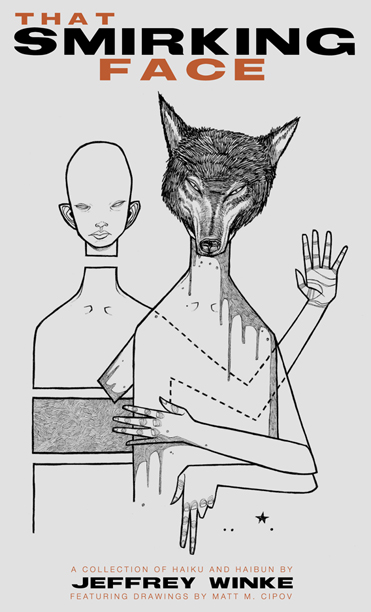


Alternate dimensions exist. At least for me they do. A favorite is Rio de Janeiro. My alternate Rio is sultry, historic and simmering with excitement. It is a dreamy state induced by beautiful women with samba hips. It is blasting through winding stone-paved narrow streets on a beat-to-hell Riga moped and then lounging at a humid, mid-day streetside café with an ice-filled tumbler of the clear sugarcane alcohol, cachaça, and lime slices. There is a seductive softness with blurred edges to this existence. Everyone is beautiful, time stalls and life is savored. My alternate dimension Rio is best captured in the photos of Lala Mårtin. She lives in Rio de Janeiro and doesn’t know it yet, but I’ve named her the official photographer of my alternate dimension Rio.





